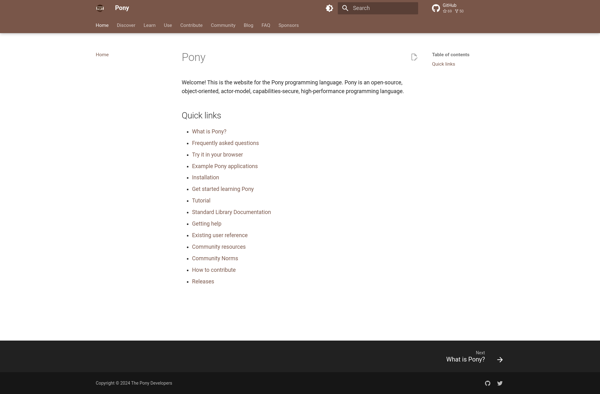Object Pascal
Object Pascal: A Modern Object-Oriented Programming Language for Cross-Platform Development
Object Pascal is an object-oriented version of the Pascal programming language. It builds on traditional Pascal with the addition of object-oriented programming features like classes, inheritance, interfaces and more. Popular uses of Object Pascal include developing desktop, mobile, web and gaming applications.
What is Object Pascal?
Object Pascal is an object-oriented version of the Pascal programming language. It was initially developed by Apple Computer in consultation with Niklaus Wirth, the creator of Pascal, in the early 1980s. The main goal was to add object-oriented programming capabilities to the existing Pascal language.
Object Pascal builds on traditional procedural Pascal by adding key object-oriented features like:
- Classes and objects
- Encapsulation
- Inheritance
- Polymorphism
- Interfaces
This makes it an easy-to-learn, object-oriented language. It has a syntax familiar to Pascal programmers, while also supporting advanced OOP concepts. Popular Object Pascal dialects today include Delphi's Object Pascal and Free Pascal's Object Pascal.
Common uses of Object Pascal include:
- Desktop application development
- Mobile app development
- Web application development
- Game development
- Business software
- Device drivers and system utilities
Its combination of a familiar Pascal-like syntax and advanced object-oriented features has made Object Pascal a popular choice for rapidly developing robust and maintainable software. Major applications like Skype and AutoCAD were originally written in Object Pascal.
Object Pascal Features
Features
- Object-oriented programming
- Strong typing
- Multiple inheritance
- Interfaces
- Generics
- Exception handling
- RTTI (Run-time type information)
- Anonymous methods
Pricing
- Free
- Open Source
Pros
Cons
Official Links
Reviews & Ratings
Login to ReviewThe Best Object Pascal Alternatives
Top Development and Programming Languages and other similar apps like Object Pascal
Here are some alternatives to Object Pascal:
Suggest an alternative ❐Python
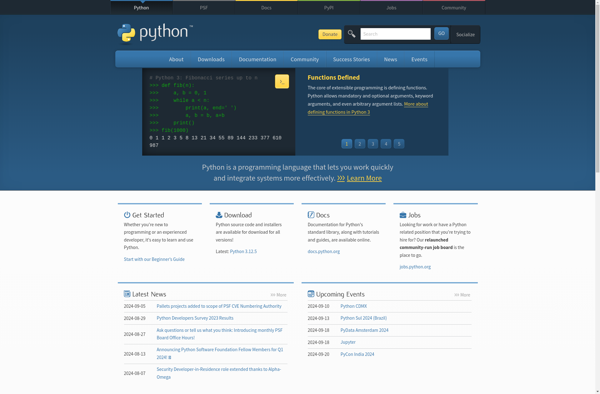
Go (Programming Language)
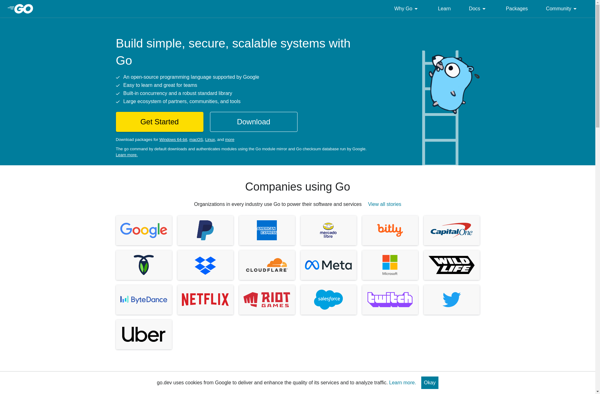
C#
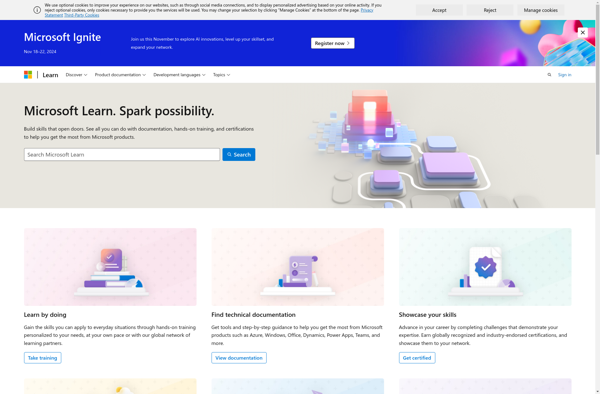
JavaScript
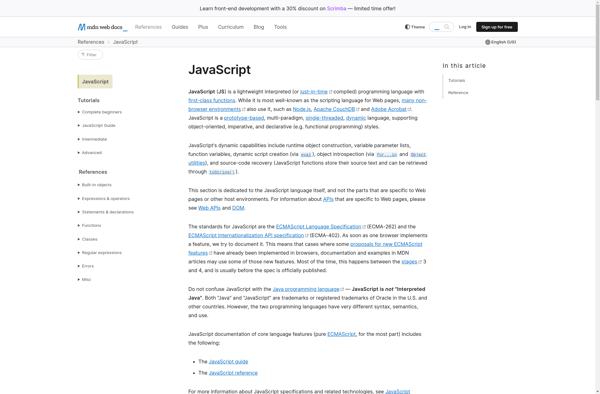
Zig
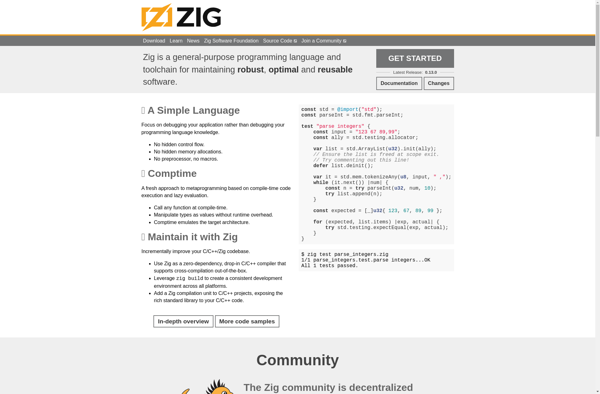
C (programming language)
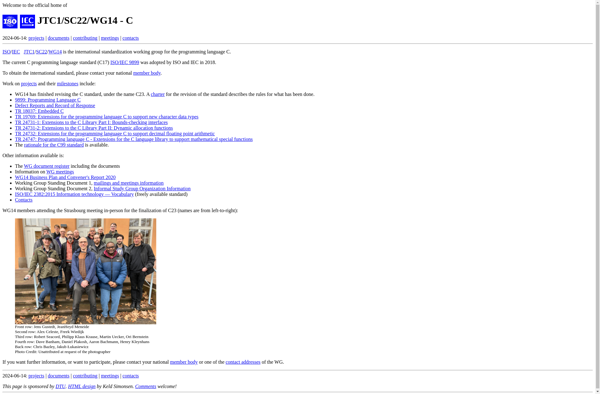
Red (Programming Language)
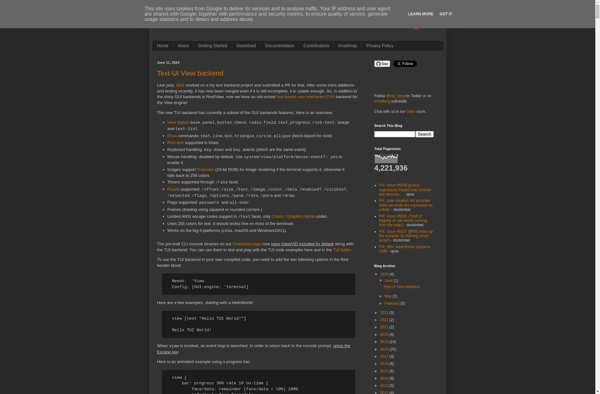
Haskell

Fortran

L2 programming language
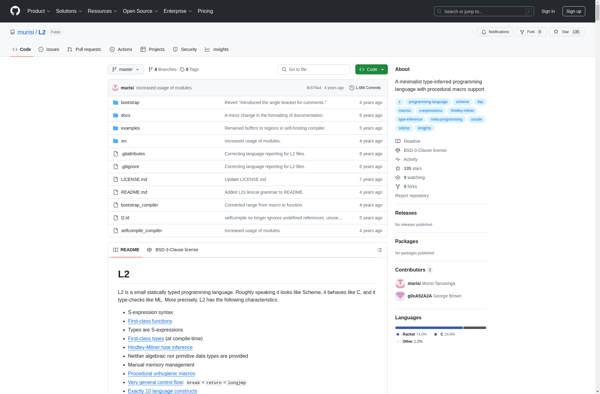
P Programming Language
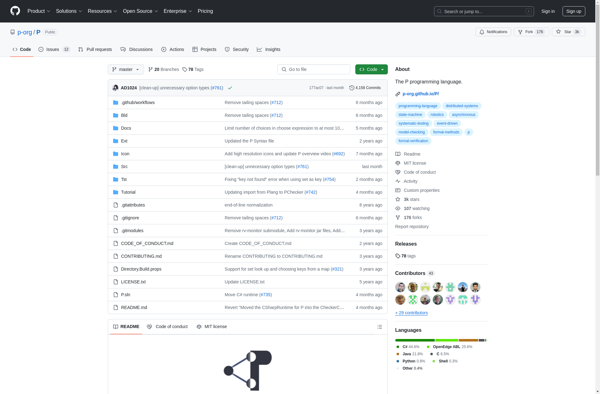
Pony language
